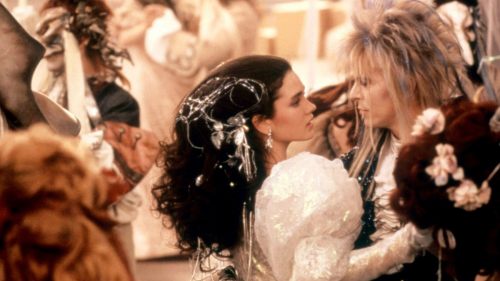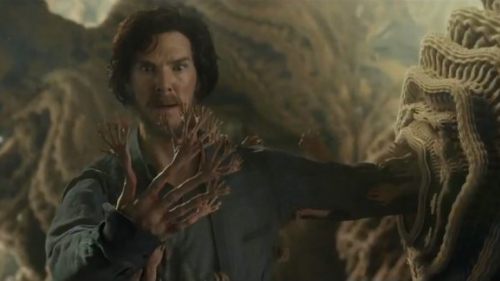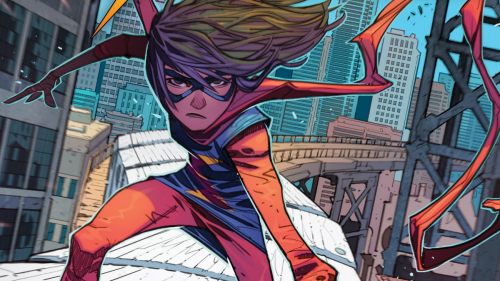Expect “Mind-Bending Weirdness” From DOCTOR STRANGE, Says Kevin Feige
Last week director Scott Derrickson headed to London to start making the most unusual Marvel movie to date: Doctor Strange. I say that not because I know the script or have any particular inside information, but because Doctor Strange will be the film that brings the most fantastical elements into the Marvel Cinematic Universe. Even the magic of the Thor movies is described as super science - who can forget the Soul Forge/Quantum Field Generator in The Dark World (a lot of you, probably. I like that movie, sue me)?
But how fantastical will it be? I asked Kevin Feige about Doctor Strange at the Ant-Man junket and got some interesting answers.
For me the starting point when talking about Strange is ‘Where does he live?’ One of the problems the Daredevil Netflix show had to face was that modern day Hell’s Kitchen is nothing like the Hell’s Kitchen of the 1960s through the 1990s. They got around that by having the area returned to its bad old days as a result of the Chitauri trashing it during The Avengers. But Stephen Strange lives in Greenwich Village, which was a hip, bohemian enclave in the early 1960s - see Inside Llewyn Davis - but is now the place you go when you want to buy a thousand dollar designer handbag. Can Strange still keep his Sanctum Sanctorum in the Village when it has become one of New York’s most upscale neighborhoods? Will Marvel move him out?
“The Sanctum is on Bleeker Street, the modern day Bleeker Street,” Feige told me, adding: “He will be the strangest thing walking out onto that street.”
Other things have changed since the first appearance of Doctor Strange, and racial sensitivity is chief among them. Strange’s origin is tied into a certain kind of exotic Orientalism that was popular in the 20th century, and his mentor The Ancient One was basically just a racist caricature of a wise old Tibetan man. Recent rumors have Tilda Swinton taking the role of The Ancient One, a choice that swaps not just gender but race.
“As we were developing this film we looked at The Ancient One as a mantle more than a specific person,” Feige explained. “The sorcerers have been around for millennia, protecting us from things we didn’t know about until this story. There have been multiple [Ancient Ones], even if this one has been around for five hundred years, there were others. This is a mantle, and therefore felt we had leeway to cast in interesting ways.”
I present the next bit of the conversation in Q&A format:
So you’re removing the sorcerers from the phony Tibetan mysticism that Stan Lee used because he probably didn’t really research Tibet in any real way?
Not entirely. The phony mysticism is part of what makes Doctor Strange interesting!
But are you tying it into that specific culture?
Not Tibet. Strange leaves New York in search of something and heads east.
Heads east! It’s important to note that in official Marvel Comics continuity The Ancient One actually hails from a phony kingdom called Kamar-Taj, nestled in the Himalayas (one assumes not far from the phony city of K’un-Lun, from which Netflix’s Iron Fist will get his powers (if the show follows the comics)).
But how fantastical will Doctor Strange get? I left this bit last because it contains the slightest of spoilers for Ant-Man. If you don’t want to hear about a very cool sequence at the end of Ant-Man, stop reading right now!
One of the most surprising things about Ant-Man is that it contains a sequence at the end that can be honestly compared (in concept! This isn’t a value judgment!) to the ending trip sequence of 2001: A Space Odyssey. It’s a huge highlight of the film, and it’s a moment that expands the visual vocabulary of the MCU films. And that was very on purpose, it seems.
Says Feige: “We send Ant-Man on a very weird, mind-bending journey at the end of Ant-Man. It was something we hadn’t seen in a shrinking movie before, but it also represents the tip of the mind-bending weirdness we’re going to do in Strange, which I think will surprise people.”



